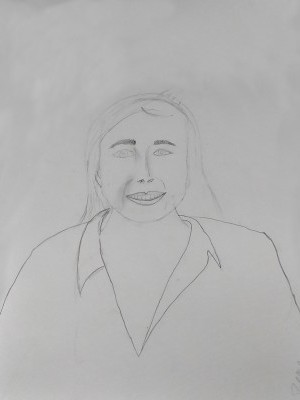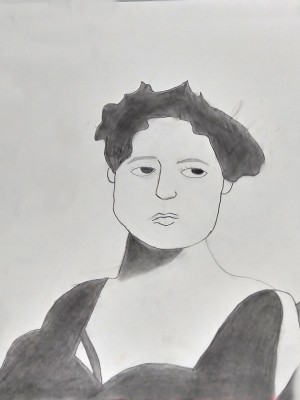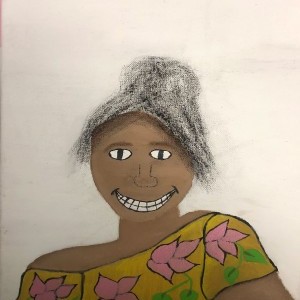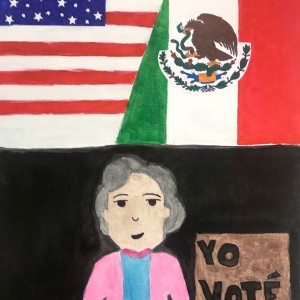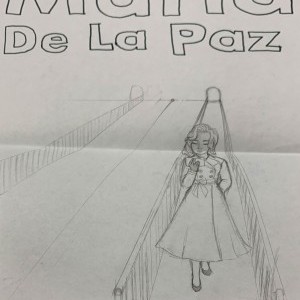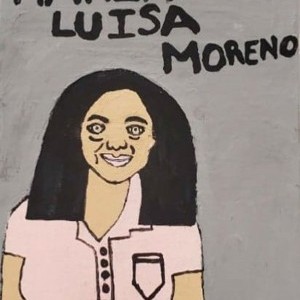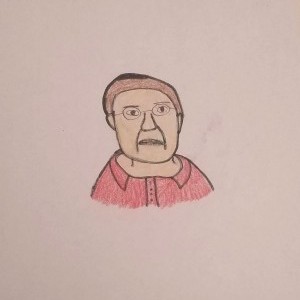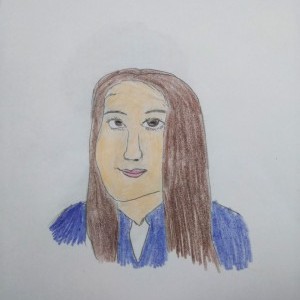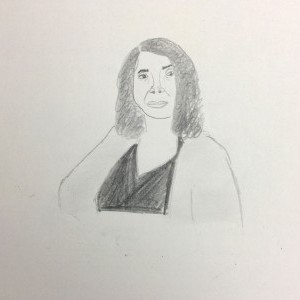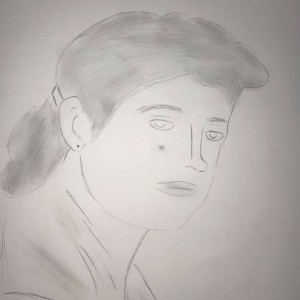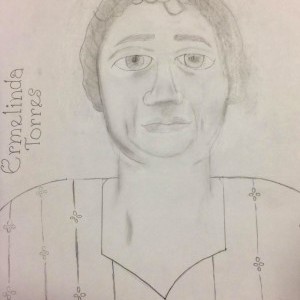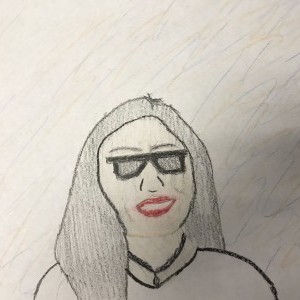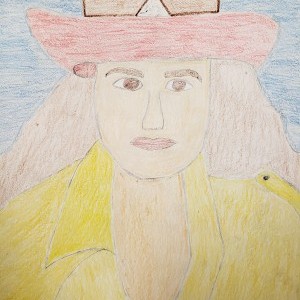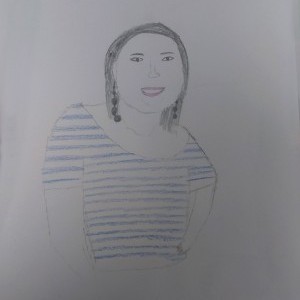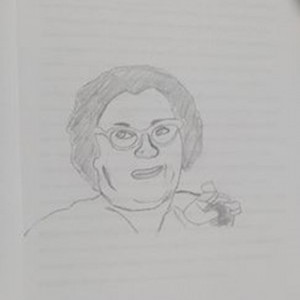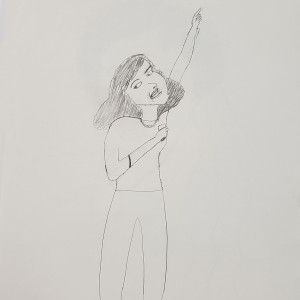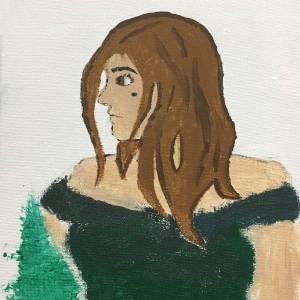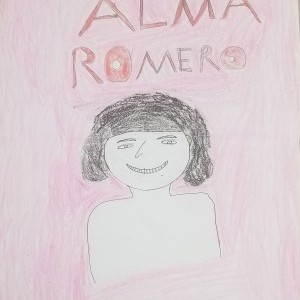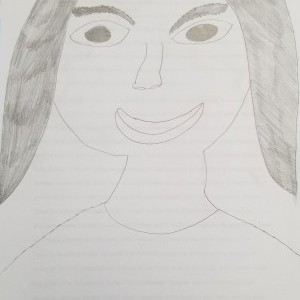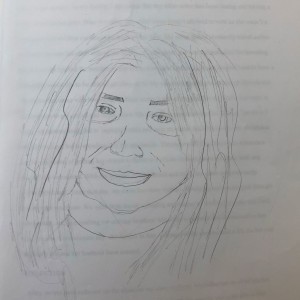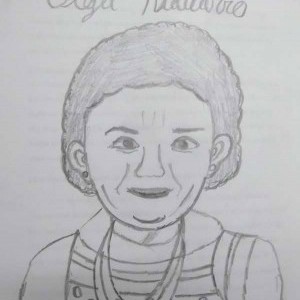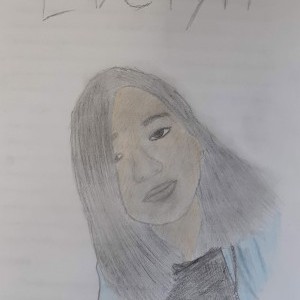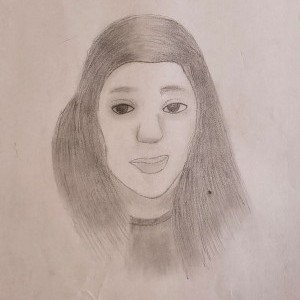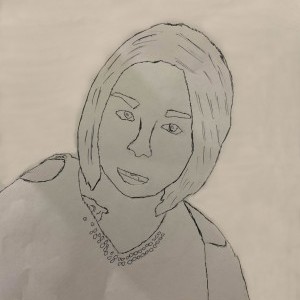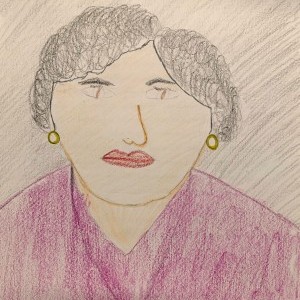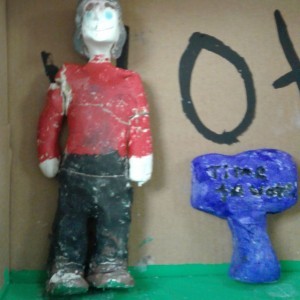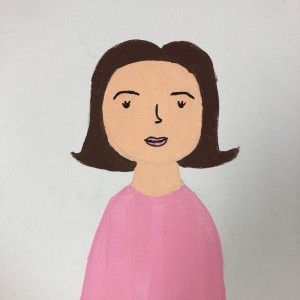Bryan Anthony Posada
García Early College High School | Laredo, TX | 10th Grade
Inspirational Family Member
My Sister Graciela
Well, after searching for not that long I found the first woman who voted in my family, and that woman is my sister, Graciela Abigail Suarez. She was born on July 4, 1989, and by being the oldest one out of her 3 other siblings, Gracie has always been a strong female role model. As Gracie grew older, she went to Texas A&M International University after graduating from J W Nixon High School. She felt so proud of herself because she was the first woman and the first person to go to college in her family. In her freshman year she voted in the 2008 election at the age of 18 in the early voting the school had. After voting, Gracie once again felt proud of herself for voting since she was the first person in the whole family to vote and everyone else in the family still saw her as the strong role model she was/is. Graciela Abigail Suarez later graduated Texas A&M International University in December 2015, she graduated with her bachelor’s with a major in art and with a minor in Spanish. She accomplished a lot of things. With graduating college, she got a lot of information to help her pursue her dreams in becoming an art teacher and to this day she’s still trying to be the art teacher she wants to be while taking care of her babies.
Historical Figure I Admire
Inez Milholland Boissevain
“I am prepared to sacrifice every so-called privilege I possess in order to have a few rights” — Inez Milholland. She created a movement, She capitalized on her extraordinary beauty and used her image and media popularity to present an icon for the movement. She was an activist and social reformer that believed in representing the causes of anyone such as women, labor, children, or the poor. She had dedication and pride in what she stood for and advocated with other great socialists through rallies, speeches, and letter writings.
EARLY LIFE –
Inez Millholland was a woman born in Brooklyn, New York, in 1886, she was the oldest daughter of John and Jean Milholland. Her dad worked in a decent paying job that supported them in a privileged life in New York and London. Her mother would take her and her two other siblings on educational trips to the museum and the theater. Inez spent most of her teenage years in her London home. While there, she attended school in the Kensington High School for Girls and since this school had no class standards, it helped Milholland put her effort towards class equity. Milholland went to college in the USA and was accepted into Vassar on her second try. In school, she was in extracurricular activities which led to her breaking sports’ records and getting an award for best all-around athlete.
BECOMING A SUFFRAGETTE –
In the summer of her sophomore year, she met aristocratic suffragette, Emmeline Pankhurst. A few days after they met her summer ended and she went back to school. Upon her arrival at Vassar, she wrote in the Vassar Miscellany about the English suffragettes. Inez tried getting women’s suffrage to Vassar College, but the school president James Monroe immediately tried to stop Inez from bringing the topic to school. Taylor later told her that it was considered as “propaganda.” Taylor then cited Raymond the school’s first president, that Vassar’s mission was “not to reform society but to educate women.” After Graduation in 1909, Milholland made her first appearance as a speaker. She stopped a New York campaign parade for President Howard Taft as she was speaking through the megaphone from the window in a building, she caught the attention of a lot of men. As she was speaking all those men went to go see her, and hear her, and this is how her reputation as one of the most powerful, beautiful, and persuasive speakers of the suffragettes began. In the same year, Inez applied to the law schools at Yale, Harvard, and Columbia but was rejected because of her sex. Shortly after, she entered the New York University School of Law. While she was in school, she continued her suffrage work and other social activism, the one most known participation was when she got arrested in the shirtwaist and laundry worker strike.
In 1913, Milholland made her most remembered appearance. She helped organize a massive suffrage parade in Washington D.C the day before President Woodrow Wilson was inaugurated. As Milholland led the parade, she rode on top of a white horse with a white long cape and a crown. That was a day to remember the suffragettes. By 1916, Milholland became one of the highest-profile leaders of the CU, she went on a trip to give speeches in the 12 suffrage states. Her physician told her she couldn’t anymore, but she was persistent and still went touring to give her speeches. In Los Angeles, in the fall of 1916, she collapsed off the podium while giving a speech. She was taken to the Hospital but despite treatment of her pernicious anemia, weeks later on November 25, 1916, Inez Milholland passed away.
SOURCES +
What the Project Means to Me
Researching on these women changed my point of view a lot. I already knew that women’s vote was special and all but, when I researched, I found out how much they fought for women’s vote and it changed my mind even more. Now I know why women make such a big deal out of voting. Women’s vote is very important because so many women for so many years have fought so hard to get this right, this right that only white men had for the longest of times. I found out that allowing women to vote is fair, and it is right the people who follow the laws should also have a voice in making the laws they follow every day. Voting matters and is important.
All levels of voting matter: local, state, and federal. When voting, you vote for a voice that will protect you and always do something that is beneficial for you and for them. Now, if women weren’t able to vote then it wouldn’t be as fair because then the vote would just favor men instead of women. By the 20th century, women in American society were changing drastically, they were working more outside the home, receiving better education, having less kids and several states authorized female suffrage. Back in 1913, the National Woman’s party organized voting power of these emancipated women to elect congressional representatives that supported women suffrage. By 1916 both Democratic and Republican parties fully accepted female empowerment.
Explore the Archive
More From This Class
Click on the thumbnails below to view each student's work.Deadline Extended
There's still time to join Women Leading the Way.
Become a part of our storytelling archive. Enroll your class today.
Join the Project

